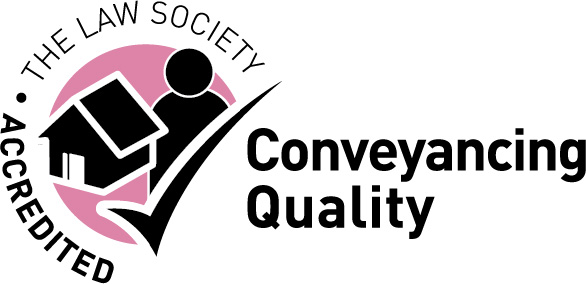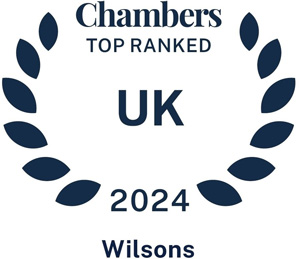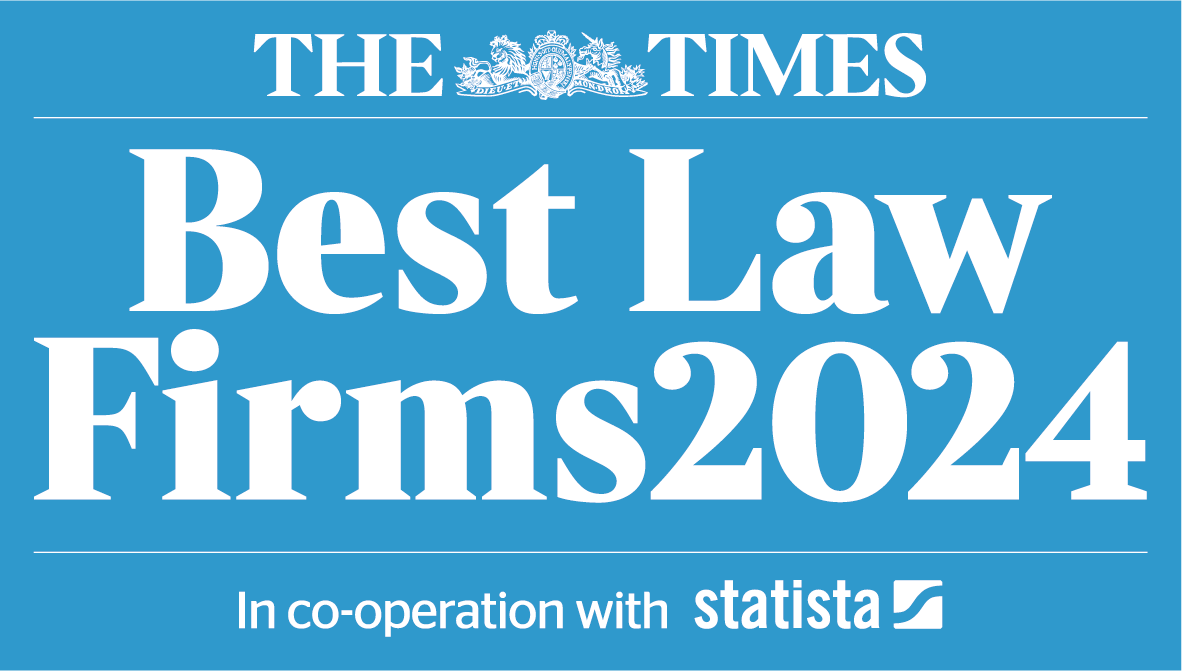Safeguarding Street: In Your Shoes
4 September 2018
In the UK, children and young people have their “childhood” status until they reach the age of 18. Each organisation needs to play its part in implementing the relevant safeguarding policies and procedures in practice to make a difference.
This article examines the key developments that should feature on your next board meeting agenda to ensure that your school is up to date on the topic of safeguarding.
The Board
Statute requires the appointment of a Senior Board level lead for safeguarding. The governing body as a whole is legally responsible for safeguarding and must ensure that the following are in place:
- Child Protection and Safeguarding Policy
- Staff Code of Conduct
- Pupil Code of Conduct
KCSIE 2018
The new Keeping Children Safe in Education Guidance (KCSIE 2018), effective from 3 September 2018, requires the first item to be updated. It must now include procedures to minimise the risk of peer-on-peer abuse and to set out how such allegations will be investigated and dealt with.
The biggest change in KCSIE 2018 is a new section (section 5), which sets out the principles for schools to consider when responding to reports of child-on-child sexual violence and sexual harassment. Key points include: ensuring that the victim is reassured that they are being taken seriously and are protected; helpful safeguarding principles to assist schools in their decision making process during these difficult cases; making an immediate risk and needs assessment, with a list of factors to considered in each case; not dismissing this behaviour as “part of growing up” or “banter”; and safeguarding measures that should be put in place to limit the contact between victim and alleged perpetrator while an investigation is ongoing.
Additional requirements for boarding schools are contained in the National Minimum Standards (NMS). KCSIE 2018 highlights the importance of being alert to inappropriate pupil relationships and the potential for peer-on-peer abuse in a boarding environment.
A change to inter-agency working
The children and Social Work Act 2017 changed the law that governs safeguarding arrangements. The three safeguarding partners are now: the local authority; NHS Clinical Commissioning Groups (CCGs); and police forces. The partners will determine how the arrangements will work in their area, including working with other “relevant agencies”, such as schools. Unfortunately, despite the consultation responses, education has not been added as a fourth safeguarding partner, but will still play a crucial role. Be aware that Local Safeguarding Children Boards (LSCBs) will be replaced with these new “multi-agency safeguarding arrangements”.
A revised version of the WTSC guidance was published in July 2018 and applies to all schools in its entirety. Watch out for greater emphasis on the role of schools in this guidance, as well as the guidance on transitional arrangements. Schools that are charities are also referred to safeguarding guidance from the Charity Commission.
Staff Recruitment
Little has changed in Part 3 of KCSIE 2018, but schools do need to consider their obligations under the GDPR and new data protection legislation when processing personal data of any kind. Your Data Protection Policy and Privacy Notices should be updated as a minimum.
Schools should also note that the NCTL closed from April 2018 and the new executive agency, the Teaching Regulation Agency (TRA) has taken on the function of regulation of the teaching profession.
Staff training
There should be enhanced training for staff with additional responsibilities and regular updates for all. The autumn Term’s staff update should include the following technical changes from KCSIE 2018:
- Additional information on early help
- Where staff have safeguarding concerns they should act immediately
- The new requirement for schools to hold more than one emergency contact number for pupils where reasonably possible.
Information-sharing
It is essential to understand how information-sharing will continue in light of the new GDPR. Consent will not always be required to share personal data (including special category data), for example, where gaining consent would put the child’s safety or well-being at risk. The government updated its non-statutory Information-Sharing guidance in July 2018, which refers to the role of “safeguarding partners” and contains a useful flowchart to assist with decision-making.
Record-keeping
There are specific record-keeping obligations under the GDPR. Schools, as data controllers, must firstly undertake a data audit which, when complete, can satisfy the record-keeping obligation under Article 30.
Data should only be retained for as long as is necessary and it is advisable to review your document retention policy. There are some grey areas to consider where data protection and safeguarding requirements are both in play. As a starting point, consider the type of data (is it an incident report or safeguarding file?) and then set out in the policy document your reasoning as well as the relevant law and guidance to support each of your intended retention periods.
Final thought…
Proper use of school resources and finance may be key considerations, but these factors should be weighed against the value of being able to properly assess risk and implement the necessary safeguarding measures. In this field, prevention is better than cure.
Please contact Vicky Wilson, Stephen Oxley or your usual Wilsons contact if you have a specific issue that you would like to discuss.



